Achim Klenke - Probability Theory: a Comprehensive Course
Here you can read online Achim Klenke - Probability Theory: a Comprehensive Course full text of the book (entire story) in english for free. Download pdf and epub, get meaning, cover and reviews about this ebook. City: London, publisher: Springer London, genre: Home and family. Description of the work, (preface) as well as reviews are available. Best literature library LitArk.com created for fans of good reading and offers a wide selection of genres:
Romance novel
Science fiction
Adventure
Detective
Science
History
Home and family
Prose
Art
Politics
Computer
Non-fiction
Religion
Business
Children
Humor
Choose a favorite category and find really read worthwhile books. Enjoy immersion in the world of imagination, feel the emotions of the characters or learn something new for yourself, make an fascinating discovery.
- Book:Probability Theory: a Comprehensive Course
- Author:
- Publisher:Springer London
- Genre:
- City:London
- Rating:3 / 5
- Favourites:Add to favourites
- Your mark:
Probability Theory: a Comprehensive Course: summary, description and annotation
We offer to read an annotation, description, summary or preface (depends on what the author of the book "Probability Theory: a Comprehensive Course" wrote himself). If you haven't found the necessary information about the book — write in the comments, we will try to find it.
Achim Klenke: author's other books
Who wrote Probability Theory: a Comprehensive Course? Find out the surname, the name of the author of the book and a list of all author's works by series.


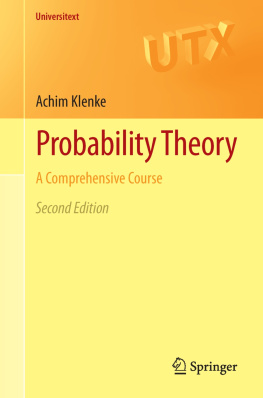


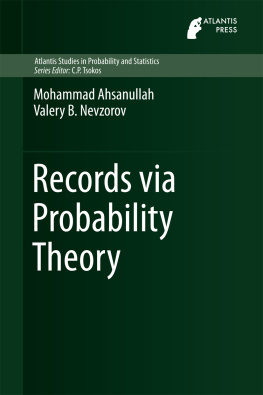
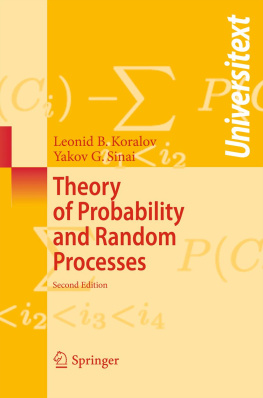
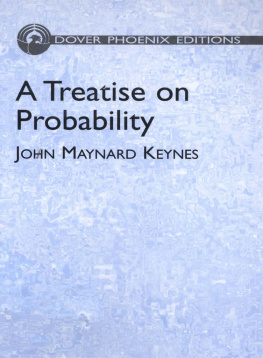
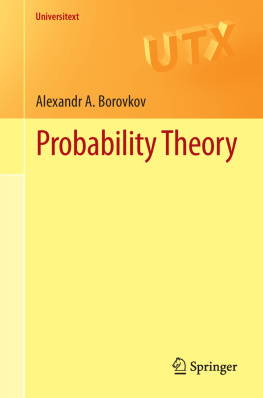

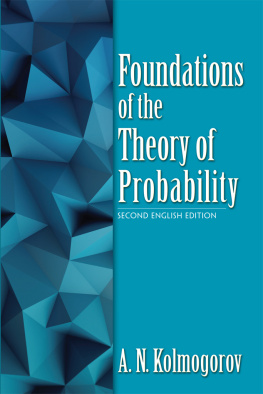

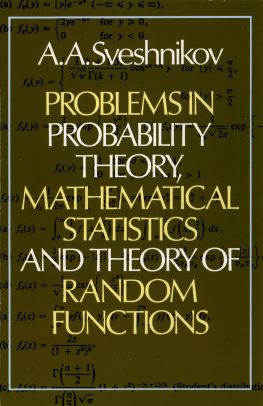
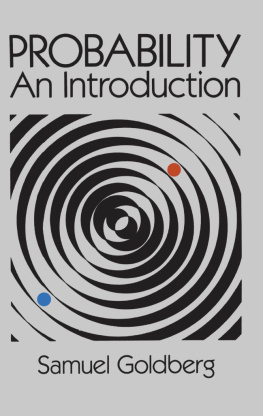
 (set of all subsets of ) be a class of subsets of . Later, will be interpreted as the space of elementary events and
(set of all subsets of ) be a class of subsets of . Later, will be interpreted as the space of elementary events and  will be the system of observable events. In this section, we introduce names for classes of subsets of that are stable under certain set operations and we establish simple relations between such classes.
will be the system of observable events. In this section, we introduce names for classes of subsets of that are stable under certain set operations and we establish simple relations between such classes. is called
is called  whenever
whenever  ,
, for any choice of countably many sets
for any choice of countably many sets  ,
, whenever
whenever  ,
, for any choice of countably many sets
for any choice of countably many sets  ,
, whenever
whenever  , and
, and for any set
for any set  .
. is called a - algebra if it fulfills the following three conditions:
is called a - algebra if it fulfills the following three conditions:  .
. is closed under complements.
is closed under complements. is closed under countable unions.
is closed under countable unions. is closed under complements , then we have the equivalences
is closed under complements , then we have the equivalences 
 ). For example, let
). For example, let  be --closed and let
be --closed and let  . Hence
. Hence 
 is --closed. The other cases can be proved similarly.
is --closed. The other cases can be proved similarly. is - closed . Then the following statements hold :
is - closed . Then the following statements hold :  is - closed .
is - closed . is -- closed , then
is -- closed , then  is -- closed .
is -- closed . can be expressed as a countable ( respectively finite ) disjoint union of sets in
can be expressed as a countable ( respectively finite ) disjoint union of sets in  .
. . Hence also
. Hence also  .
.